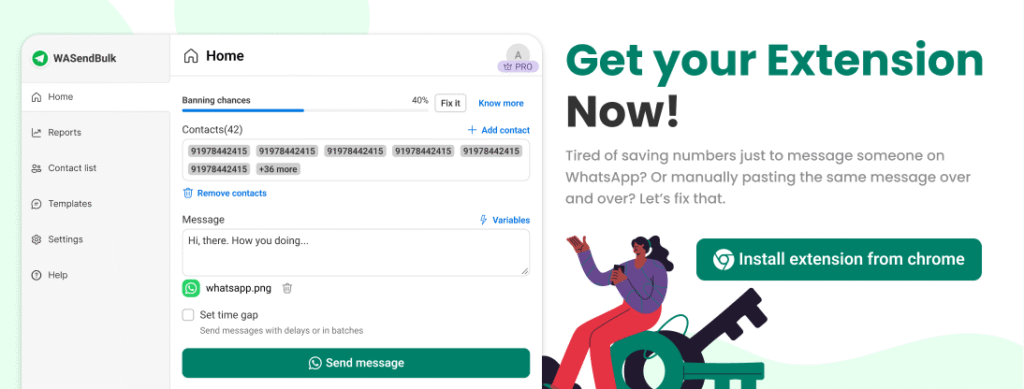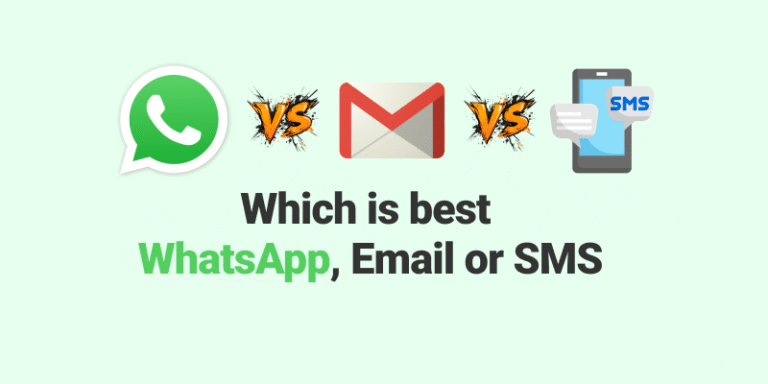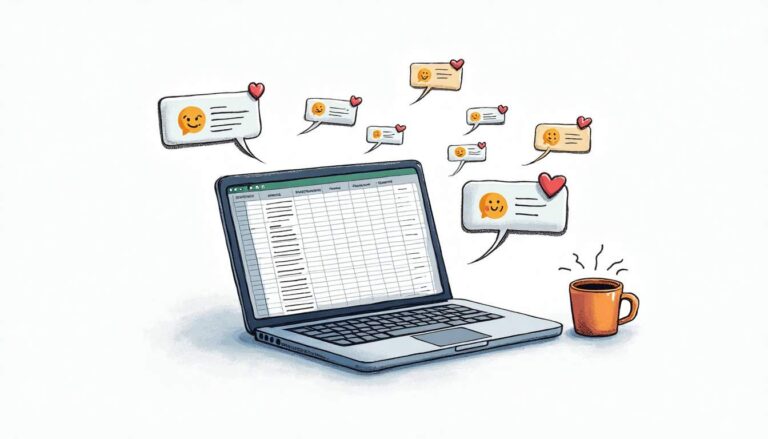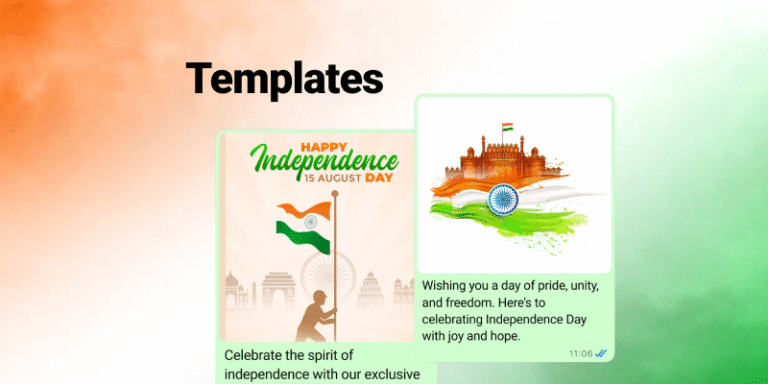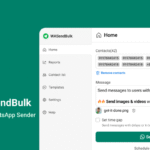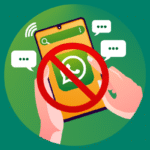Sending bulk messages on WhatsApp is one of the most powerful ways to connect with leads, customers, and clients in real time. With over 2 billion users globally, WhatsApp offers unmatched engagement, especially when messages are personalized and timely.
Tools like WASendBulk make it possible to send WhatsApp messages at scale—without saving contacts. But even the most advanced tool can’t help if you’re making mistakes that get your number flagged, blocked, or ignored.
Here are the most common mistakes users make when sending bulk messages on WhatsApp, and how to avoid them.
1. Sending Messages Too Quickly
When too many messages are sent within a short time frame, WhatsApp may treat it as suspicious activity. This increases the risk of temporary restrictions or bans, especially for new or inactive numbers.
What to do instead:
Pace your messages with smart delays between each send. WASendBulk allows you to configure time gaps to mimic real user behavior, reducing the risk of triggering WhatsApp’s spam detection systems.

2. Using Generic, Copy-Paste Messages
Even though WhatsApp doesn’t analyze your message content for duplicates, your audience can. Sending the same generic message to everyone often results in poor engagement, high opt-out rates, or being reported.
What to do instead:
Personalize your messages using dynamic placeholders such as the recipient’s name or product of interest. WASendBulk allows you to include fields like {{name}} to make each message feel tailored.
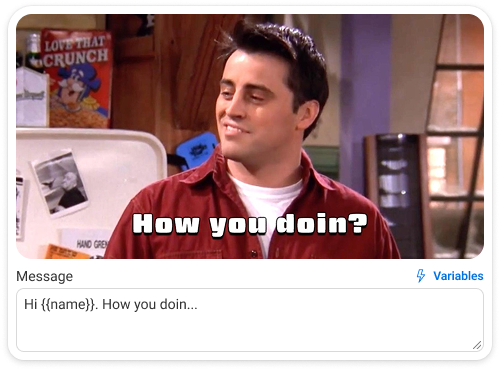
3. Not Cleaning or Verifying Contact Lists
Uploading outdated, mistyped, or invalid phone numbers leads to high failure rates, wastes resources, and can signal misuse. It also makes it harder to track engagement accurately.
What to do instead:
Use the number validation feature in WASendBulk before launching your campaign. While it doesn’t verify whether numbers are registered on WhatsApp, it does help flag obvious formatting or length issues so you can clean your list proactively.
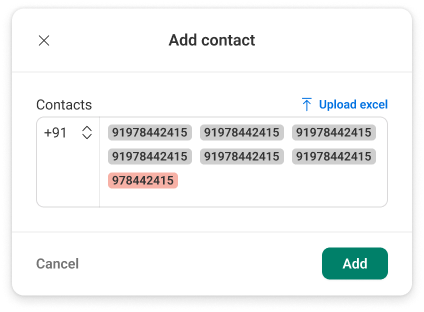
4. Sending Messages Without Prior User Consent
One of the most overlooked but risky mistakes is sending messages to people who haven’t agreed to receive them. Not only can this violate privacy regulations in some countries, but it also increases the chances of getting blocked or reported.
What to do instead:
Only message users who have interacted with your brand before, filled out a contact form, subscribed to your updates, or expressed interest via another verified source. Gaining consent ensures higher trust and stronger campaign performance.
5. Sending Media Without Optimization
Heavy files, unsupported formats, or blurry images can cause issues with message delivery and negatively affect user experience.
What to do instead:
Before uploading media through WASendBulk, optimize your files for web: compress images, limit file size to under WhatsApp’s standard threshold (~16 MB), and use supported formats like JPG, PDF, or MP4.

Best Practices for Bulk Messaging on WhatsApp
To get the most out of your WhatsApp campaigns:
- Always use personalization, even for large lists
- Avoid sending hundreds of messages at once—start small
- Keep your browser and internet connection stable during sending
- Use message templates with natural language
- Monitor your replies and follow up where needed
- Keep your WhatsApp Web active and in focus

Conclusion
WhatsApp marketing has huge potential when used responsibly. Avoiding these common mistakes will help protect your number, improve delivery rates, and increase your chances of getting real engagement from your audience.
WASendBulk makes it easier to do all of this—at scale—without sacrificing message quality or compliance. With smart delays, message personalization, media support, and optional number validation, it’s built for businesses who want reliable results without complexity.
If you’re ready to send smarter campaigns on WhatsApp, get started with WASendBulk today.
